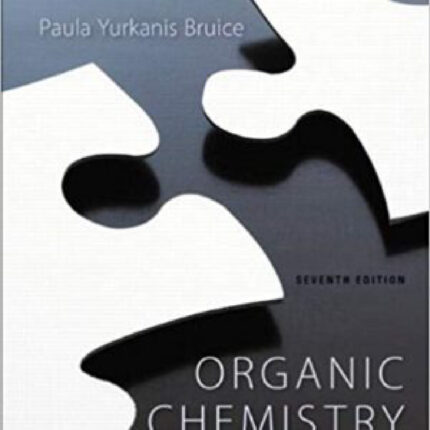1. Which of the following explains why it is often easier to sequence a gene rather than sequence the corresponding protein?
a. DNA sequencing can be performed on picogram quantities of DNA
b. DNA is composed of only 4 different monomers while proteins are composed of 20 different monomers
c. restriction endonucleases can be used to cut DNA at specific sequences to generate DNA fragments that can easily be sequenced
d. all of the above
e. both B and C are correct
ANSWER: d
2. Which of the following statements correctly describes the process of DNA sequencing by chain termination?
a. the enzyme DNA polymerase is used to form a primer that binds to the template DNA
b. in order to effectively sequence the DNA, the dideoxynucleotides must be present at a higher concentration than the deoxynucleotides
c. the use of 4 unique fluorescent labels attached to the dideoxynucleotides allows for a single reaction to be run
d. the dideoxynucleotides lack a 5′-OH and therefore can not serve as acceptors in nucleotide addition
e. both B and C are correct
ANSWER: c
3. How is a fluorescent tag that is unique for each nucleotide incorporated into the newly synthesized DNA using the chain termination protocol for DNA sequencing?
a. Each of the ddNTPs is labeled with a specific fluorophore
b. The primer strand is labeled with a specific fluorophore
c. The template strand is labeled prior to the experiment with complimentary fluorophores
d. The 5′-end is labeled with a fluorophore.
e. All dNTPs are labeled with a fluorophore
ANSWER: a
4. All are true for DNA polymerase EXCEPT:
a. requires a primer with a free 5′-OH end, but the 3′-end may be phosphorylated.
b. copies the sequence of nucleotides of one strand to form a new second strand.
c. copies the sequence of nucleotides of one strand in a complementary fashion.
d. generates dsDNA from ssDNA
e. synthesizes new strands by adding successive nucleotides in the 5’→3′ direction.
ANSWER: a
5. What is the nucleotide sequence of the DNA strand that is complementary to 5′-ATCGCAACTGTCACTA-3′?
a. 5′-TAGCGTTGACAGTGAT-3′
b. 5′-UAGUGACAGUUGCGAU-3′
c. 5′-TAGCGTTGACAGTGAT-3′
d. 5′-TAGTGACAGTTGCGAT-3′
e. 5′-ATCACTGTCAACGCTA-3′
ANSWER: d
6. DNA double helix structure is stabilized by all of the following EXCEPT:
a. the sugar-phosphate backbones are oriented in opposite directions.
b. the glycosidic bonds holding paired bases are directly across the helix from one another.
c. cations such as Mg2+ bind to the anionic phosphates.
d. bases stack together through hydrophobic interactions and van der Waals forces.
e. appropriate base pairing builds a polymer whose external dimensions are uniform.
ANSWER: b
7. All of the following are characteristics for in vitro DNA synthesis EXCEPT:
a. DNA polymerase adds nucleotides in a 5’→3′ direction.
b. The primer strand of DNA determines the nucleotides added.
c. Correct hydrogen bonding is the primary check of the newly synthesized DNA.
d. A primer strand must contain a free 3′-OH.
e. DNA polymerase copies the complementary strand of DNA.
ANSWER: b
8. Double helical DNA:RNA hybrids and double-stranded regions of RNA chains often assume an:
a. A-like conformation.
b. B-like conformation.
c. Z-like conformation.
d. all of the above.
e. none of the above.
ANSWER: a
9. DNA intercalating agents include all of the following EXCEPT:
a. ethidium bromide.
b. actinomycin D.
c. acridine orange.
d. streptomycin.
e. all are true.
ANSWER: d
10. The hyperchromic shift that occurs when dsDNA is ____ is a(n) ____ in absorption at ____ nm.
a. methylated; increase; 220
b. methylated; decrease; 260
c. denatured; decrease; 260
d. denatured; increase; 260
e. melted; decrease; 280
ANSWER: d













Reviews
There are no reviews yet.